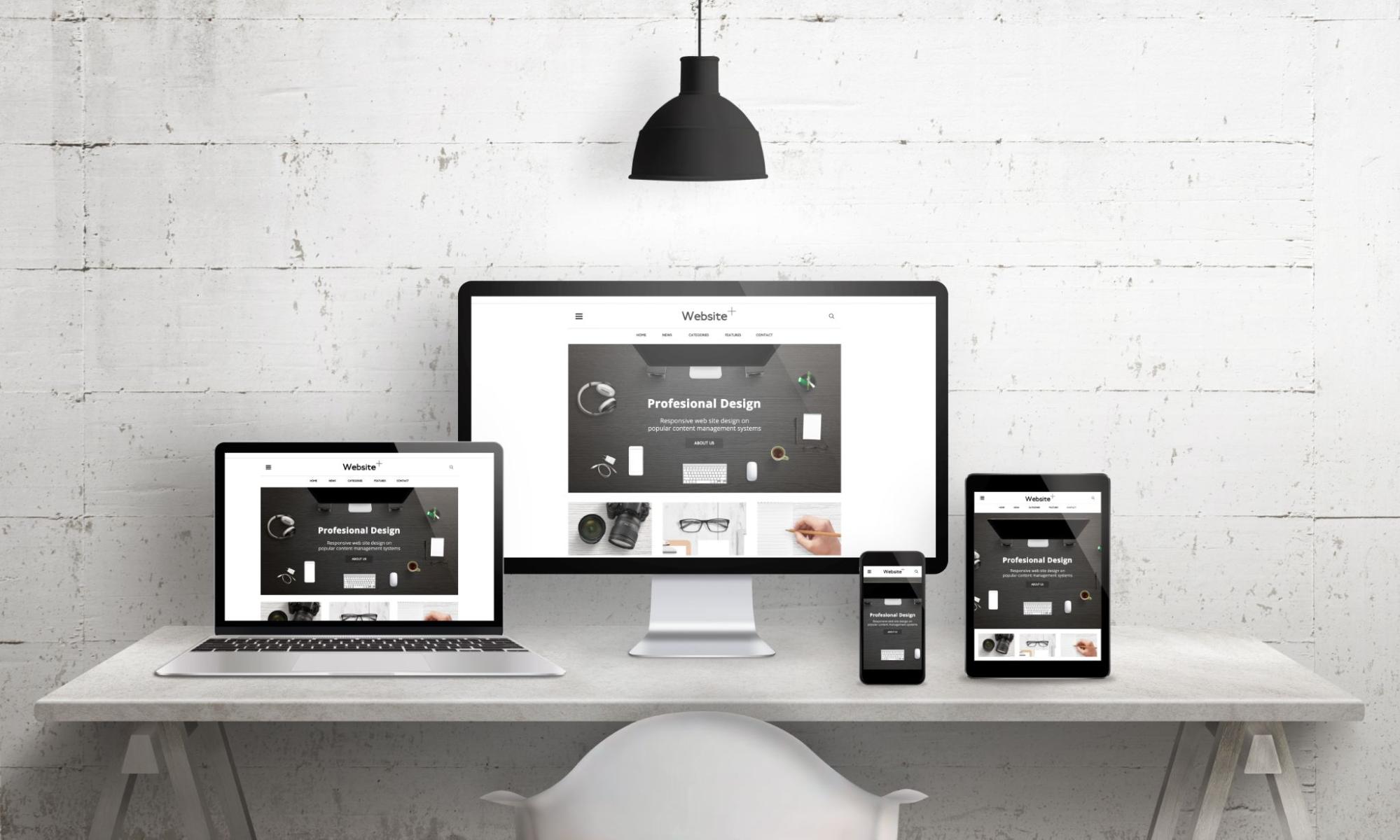The Role of User Experience (UX) Design in Website Designing - Best Practices

User experience (UX) design plays a crucial role in website design. It is the process of creating websites that are easy to use, engaging, and enjoyable for visitors. A good UX design can improve user satisfaction, increase conversions, and boost the overall performance of a website. In this blog post, we will explore the role of UX design in website design and share best practices and strategies for creating a great user experience.
- Understanding User Needs and Goals
The first step in creating a great user experience is understanding the needs and goals of your target audience. This involves conducting user research, analyzing user data, and gathering feedback from users. By understanding what users want and need, you can create a website that meets their expectations and helps them achieve their goals.
- Creating a User-Friendly Navigation
User-friendly navigation is essential for creating a great user experience. Visitors should be able to easily find the information they are looking for and navigate through the website with ease. The navigation should be intuitive and easy to understand, with clear labels and a logical hierarchy.
- Designing for Mobile Devices
With more and more people accessing the internet on mobile devices, it is crucial to design websites that are mobile-friendly. This means using a responsive design that adapts to different screen sizes and ensuring that the website is optimized for mobile users. Mobile-friendly websites can improve the user experience and increase engagement and conversions.
- Using Clear and Concise Language
The language you use on your website can have a big impact on the user experience. Visitors should be able to understand the content on your website without having to spend too much time or effort. This means using clear and concise language, avoiding jargon and technical terms, and breaking up content into small, digestible chunks.
- Creating a Consistent Design
Consistency is key to creating a great user experience. Visitors should be able to recognize your brand and easily navigate through your website. This means using consistent branding, typography, and color schemes throughout the website. Consistency also applies to the layout and design of the website, with consistent use of spacing, alignment, and visual hierarchy.
- Conducting User Testing
User testing is a critical part of the UX design process. It involves testing the website with real users to gather feedback and identify areas for improvement. User testing can be done through surveys, interviews, or usability testing. By gathering feedback from users, you can make informed decisions about how to improve the user experience and increase engagement and conversions.
In conclusion, UX design plays a crucial role in website design. By understanding user needs and goals, creating user-friendly navigation, designing for mobile devices, using clear and concise language, creating a consistent design, and conducting user testing, you can create a website that delivers a great user experience and drives business success. By focusing on the user experience, you can improve user satisfaction, increase conversions, and differentiate your website from the competition.
